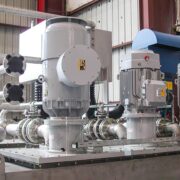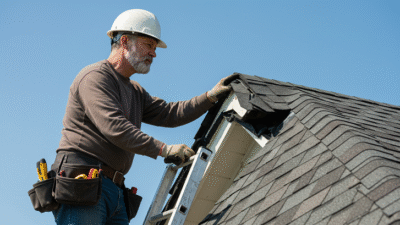Balloon catheters are medical devices that are inserted into the body through a natural orifice. They are used in hospitals to treat certain health problems, including chronic constipation and fecal incontinence. These balloon catheters can be inflated with water, air, saline solution, or gas to help correct various conditions of the bowel. This blog post discusses three common health problems that balloon catheters can help treat.
A balloon catheter is a hollow, squeezable tube with an inflatable tip. It can be inserted through the natural orifice of the body and inflated to expand the area where it’s inserted. For example, balloon catheters are often used during gynecological surgery to open up a blocked vaginal canal or uterus. These devices are also used in medicine to treat various health conditions related to bowel functions.
Table of Contents
1- Constipation
Many people suffer from constipation for a number of reasons. However, regardless of the cause, it is important to treat this condition as it can lead to long-term problems if left untreated or exacerbated. Constipation is characterized by infrequent bowel movements with the reduced passage of stool. This post discusses how balloon catheters are used to treat various types of constipation, including fecal impaction, which is a common sight among elderly patients whose symptoms include the inability to pass gas, abdominal bloating, cramping, and pain. A serious complication associated with this condition is bowel obstruction – which requires immediate medical attention at the nearest hospital as it can be fatal if left untreated. Another type of constipation is post-operative constipation, which is caused by anesthesia that results in temporary loss of bowel control, and chronic idiopathic constipation, which is caused by slow movement of food through the gut.
2- Fecal Incontinence
Another condition that balloon catheters are used to treat is fecal incontinence – characterized by uncontrolled, unexpected bowel movements usually associated with the inability to control the muscles responsible for passing stool or gas. This can be due to a number of reasons, including neurological diseases, structural disorders, and trauma during childbirth, among others. Fecal incontinence can severely impact the quality of life as it reduces patients’ ability to engage in social activities. Treating fecal incontinence involves the removal of excess fatty tissue from the lower rectum using surgical instruments. An endoscopic procedure called transanal excision of recto-sigmoid mass (TERM) can also be used to treat fecal incontinence. However, both of these procedures carry the risk of causing more bowel problems due to instruments that can damage nerves and tissues. Balloon catheters are inserted into the rectum to help repair damaged tissue.
3- Anismus
Anismus is a rare disorder that causes difficulty in passing stool because of spasms during defecation. This post discusses how balloon catheters are used in conjunction with other medical devices to treat anismus in patients’ homes by reducing pressure on the anus and pelvic floor muscles through a process called biofeedback. It also discusses when this procedure should be performed, i.e., when traditional treatments such as diet modification, laxatives, and enemas have failed or not been effective if there is evidence of neurological disease.
Balloon catheters can be used as a treatment for various conditions that involve blockages or obstructions of the bowel, such as constipation, fecal impaction, and fecal incontinence, among others. Balloon catheters are inserted into the body through natural openings such as the mouth and anus to help correct these conditions using water, air, saline solution, or gas. This is done in a controlled environment with support from nurses and doctors who ensure that patients’ safety is not compromised during treatment, i.e. when using a balloon catheter to treat fecal incontinence in the patient’s home. Since patients with these conditions have a reduced quality of life, it is important to help them live fulfilling lives by restoring bowel function and helping them regain their dignity and self-esteem.


















Comments